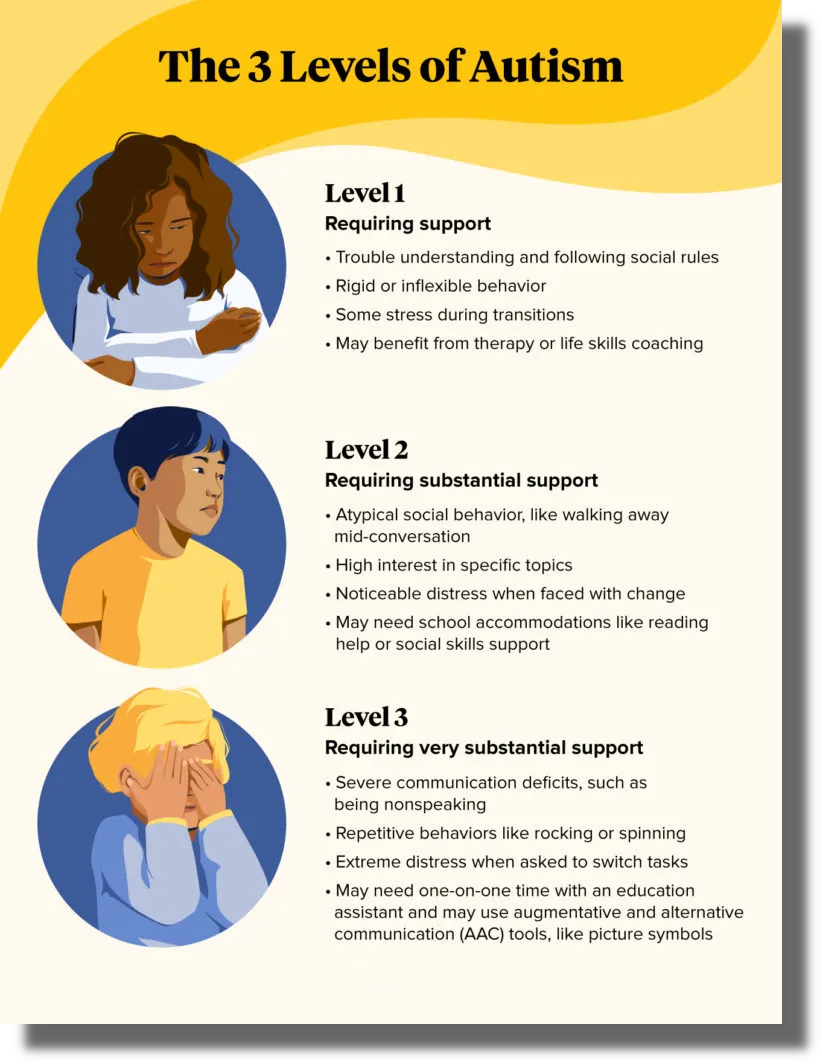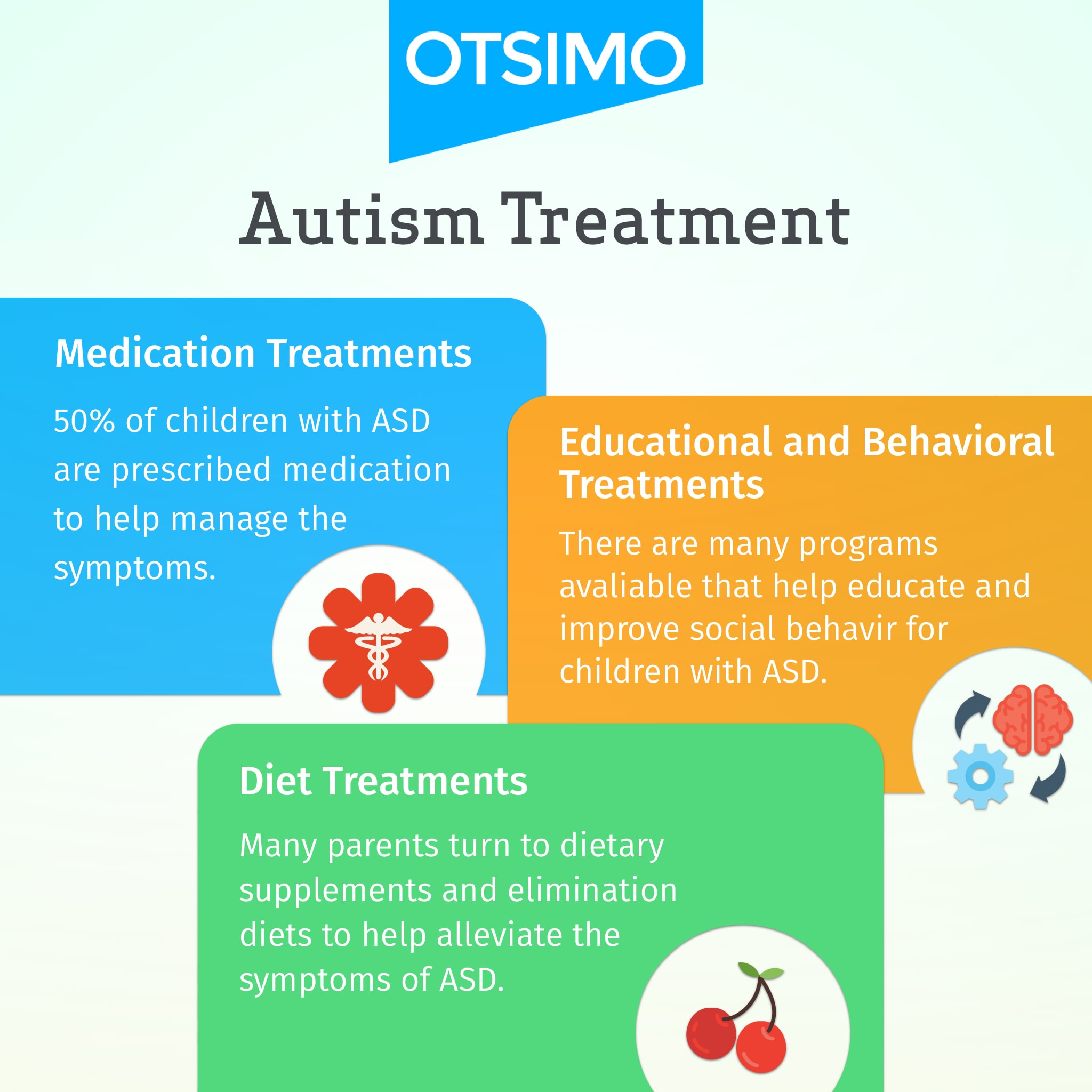What to expect when working with an Autism Behavioral Therapy program plan
What to expect when working with an Autism Behavioral Therapy program plan
Blog Article
Recognizing the Effect of Behavioral Autism on Day-to-day Live and Social Communications
You may not recognize how deeply behavior autism influences daily life and social communications. Individuals on the range frequently navigate a globe loaded with interaction obstacles and sensory overload. These challenges can lead to disappointment and seclusion, impacting their connections and overall well-being.
Defining Behavior Autism and Its Qualities
Behavior autism, frequently described as autism spectrum disorder (ASD), incorporates a variety of problems defined by obstacles in social interaction, communication, and repeated behaviors. You might see that individuals with ASD often battle to interpret social signs, which can lead to misunderstandings in conversations. They may find it difficult to establish eye get in touch with or participate in tiny talk, making social situations feel frustrating.
Communication problems can manifest in different methods, from postponed speech development to a choice for making use of fewer words. Repeated habits, such as hand-flapping or rocking, can work as coping devices to handle tension or sensory overload. These characteristics can exceptionally influence day-to-day live, making it important for you to understand and support those with ASD. By recognizing these characteristics, you can promote an environment that advertises acceptance and encourages reliable interaction, helping individuals with autism thrive in their day-to-day interactions.
The Spectrum of Autism: Recognizing Variability in Actions
Autism range condition (ASD) isn't a one-size-fits-all diagnosis; it differs widely among individuals. You might notice that some individuals with ASD show moderate signs, while others may deal with much more substantial obstacles. This irregularity can materialize in habits, rate of interests, and sensory sensitivities. You might come across people that are highly spoken and engage conveniently in conversations, while others might like solitary tasks or interact non-verbally.
Moreover, the means people with ASD respond to sensory input can differ substantially; some could be overwhelmed by intense lights or loud noises, whereas others flourish in promoting atmospheres. The range additionally consists of differences in social communications; some people might struggle to analyze social hints, while others browse social setups with loved one simplicity. Understanding this variability is important, as it helps you value each individual's special experience and tailor assistance to their specific needs, fostering a more inclusive atmosphere for everyone.
Interaction Obstacles Dealt With by People With Autism
When you communicate with individuals on the autism spectrum, you might observe their unique communication challenges. They often deal with troubles with both nonverbal and spoken hints, which can influence their social interactions. Comprehending these barriers is vital for cultivating far better connections and support.

Verbal Communication Difficulties
Many people on the autism spectrum experience spoken communication problems that can substantially impact their day-to-day interactions. Your quantity, pace, or tone may not align with social assumptions, causing others to misinterpret your intentions. Identifying these obstacles can assist you and your support network develop methods to improve interaction and cultivate far better links with others in your everyday life.
Nonverbal Communication Obstacles
Spoken interaction isn't the only challenge individuals on the autism spectrum face; nonverbal communication obstacles can be equally as substantial. You may find it difficult to analyze body language, faces, and eye get in touch with, which are necessary for efficient interaction. These obstacles can result in misunderstandings or misconceptions of social signs, making communications really feel frustrating or complicated. You may struggle to express your own emotions with nonverbal means, leaving others unsure of your objectives or feelings. This detach can develop feelings of seclusion and irritation. Acknowledging these barriers is crucial for promoting understanding and empathy in your interactions. By attending to nonverbal communication, you can locate strategies to enhance your social experiences and boost your total lifestyle.
Social Communication Influences
Social communications can usually really feel overwhelming because of the unique communication difficulties dealt with by individuals with autism. You may have problem with translating social signs, making it difficult to comprehend sarcasm or body language. This can bring about misconceptions or uncomfortable moments in discussions. Furthermore, starting and maintaining conversations might really feel difficult, creating anxiousness in social situations. You might like structured environments, making spontaneous communications uneasy. It's additionally typical to experience difficulty in involving in little talk, which can impede developing new friendships. Acknowledging these obstacles can assist you find methods to enhance communication, such as exercising social abilities in safe settings or using visual help - Aba Therapist Near Me. Recognizing your requirements enables you to browse social communications with higher confidence and simplicity.
Social Interaction and Connection Building in Autism
While structure partnerships can be challenging for people with autism, recognizing their unique viewpoints and communication designs can foster significant links. You may discover that several people on the spectrum like straight communication and may battle with social hints or little talk. By being straightforward in your interactions, you can aid develop an environment where they really feel comfortable.
Take the time to observe and pay attention just how they express themselves. This insight can guide you in guiding conversations more successfully. Taking part in shared passions can also function as a bridge to deeper links. Whether it's get redirected here a leisure activity, a favored program, or a shared passion, these common strings can open up doors to relationship.
Life Routine: Navigating Difficulties and Approaches
Maneuvering everyday life regimens can be specifically challenging for individuals with autism, especially when unforeseen modifications occur. To browse these difficulties, consider executing visual routines or lists.
Developing a routine that includes sensory breaks can additionally be beneficial. You can prepare time-outs throughout your day to recharge. It's important to interact with those around you, letting them recognize your preferences and needs. This aids produce an understanding environment.
Lastly, technique mindfulness strategies to take care of stress and stress and anxiety. Simple breathing workouts or grounding strategies can make a considerable difference. By integrating these approaches, you can improve your everyday routine and lessen disturbances, making life really feel a lot more workable.
Strengths and Capabilities of Individuals on the Autism Range
Recognizing daily life routines is simply one facet of the autism experience. Many individuals on the autism range have impressive toughness and capacities that set them apart.
Furthermore, your memory skills usually shine, particularly in locations of rate of interest. Aba Therapist. This propensity for preserving information can make you a beneficial source in fields like art, innovation, or science. You may also show strong visual reasoning, enabling you to picture intricate ideas and resolve issues creatively
Additionally, your special point of view on the globe can helpful resources promote empathy and understanding in others, improving social communications. Welcoming these strengths not only improves your confidence however also assists others value the diverse abilities you bring to the table.
Developing Comprehensive Settings for People With Autism
Producing comprehensive environments for people with autism begins with designing sensory-friendly spaces that satisfy their unique demands. You can additionally cultivate opportunities for social communication, helping to construct connections and relationships. By making these changes, you'll add to a more inviting ambience for every person.
Designing Sensory-Friendly Spaces
While developing sensory-friendly rooms, it's important to mirror on the one-of-a-kind demands of individuals with autism. Incorporate peaceful zones where people can reenergize and pull back when bewildered. Include visual schedules or clear signage to assist individuals navigate the room with confidence.
Promoting Social Interaction Opportunities
Creating sensory-friendly areas not only addresses private convenience yet likewise sets the stage for purposeful social interactions amongst individuals with autism. Urge peer mentoring, pairing individuals with autism with helpful peers who can assist them via social scenarios. By carrying out these techniques, you can boost social possibilities, helping individuals with autism build friendships and enhance their social skills in a risk-free, welcoming atmosphere.

Regularly Asked Inquiries
Just How Can Pals Assistance Someone With Behavioral Autism?
You can sustain a pal with behavioral autism by being patient, listening proactively, and appreciating their limits. Participate in activities they take pleasure in, interact honestly, and develop a comfy environment where they really feel valued and comprehended.
What Resources Are Offered for Moms And Dads of Children With Autism?
You can discover various sources for parents of kids with autism, consisting of support groups, educational web sites, and local area services. Getting in touch with various other parents can also offer important understandings and shared experiences visit our website to aid navigate obstacles.
Can Behavioral Autism Change With Time?

Yes, behavior autism can change gradually. You might discover shifts in interaction, social skills, and actions as your child grows. Early intervention and support often play important duties in these developmental changes.
Exactly How Do Sensory Level Of Sensitivities Impact Daily Life?
Sensory sensitivities can make day-to-day experiences overwhelming. You may fight with bright lights or loud sounds, resulting in tension or avoidance. Locating settings that fit your needs can significantly boost your comfort and general every day life.
What Prevail Misconceptions Regarding Behavioral Autism?
You may believe behavioral autism just influences interaction skills, yet it's even more facility. Lots of presume people lack compassion or intelligence, which isn't real. Recognizing these mistaken beliefs helps foster approval and support for those on the spectrum.
Behavior autism, typically referred to as autism range disorder (ASD), encompasses a range of problems characterized by obstacles in social interaction, communication, and repetitive actions.Social interactions can usually feel frustrating due to the unique interaction obstacles dealt with by people with autism.Creating sensory-friendly rooms not only addresses private convenience but additionally establishes the phase for meaningful social interactions amongst people with autism. Urge peer mentoring, combining people with autism with encouraging peers who can guide them through social scenarios. By implementing these strategies, you can enhance social chances, helping people with autism develop relationships and enhance their social abilities in a risk-free, inviting atmosphere.
Report this page